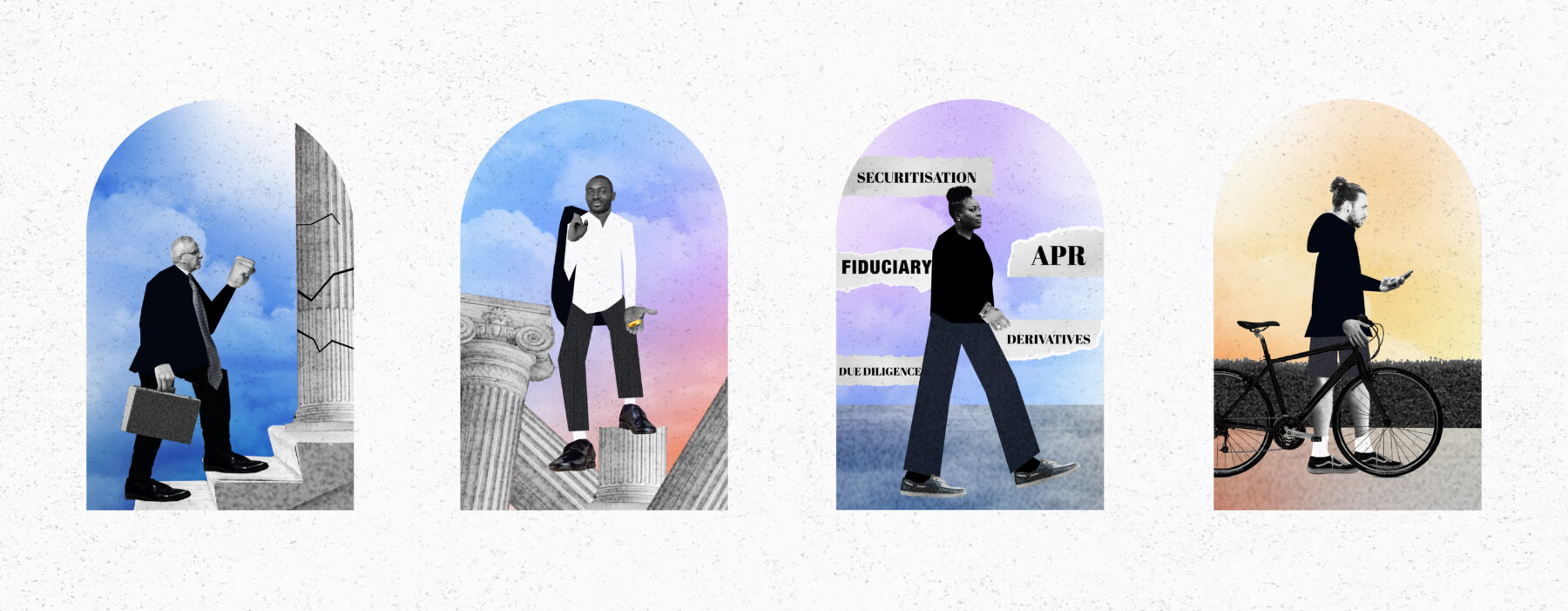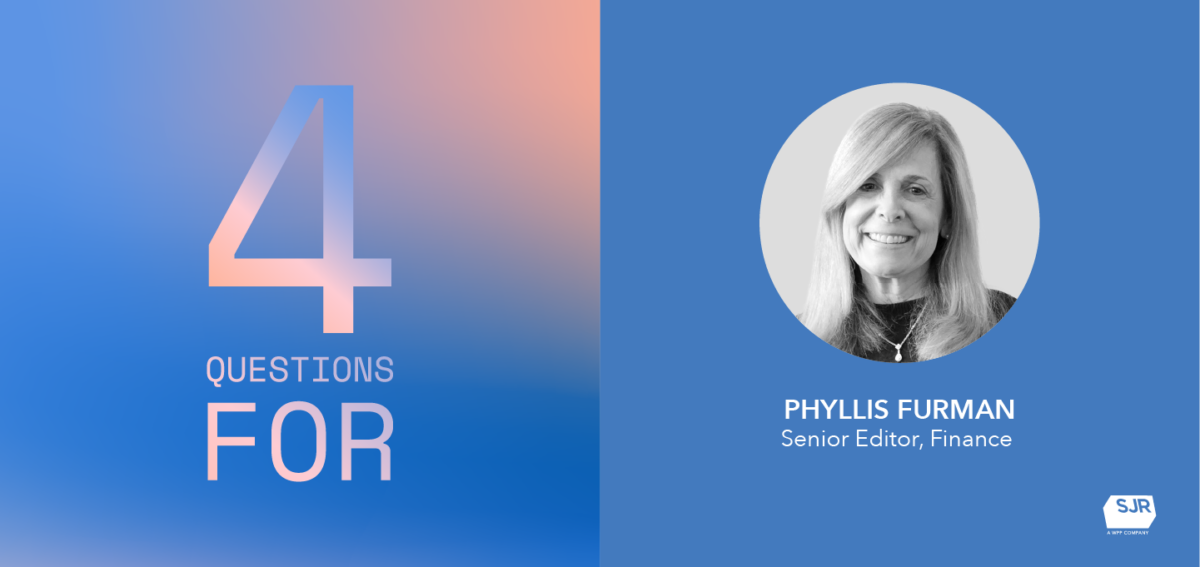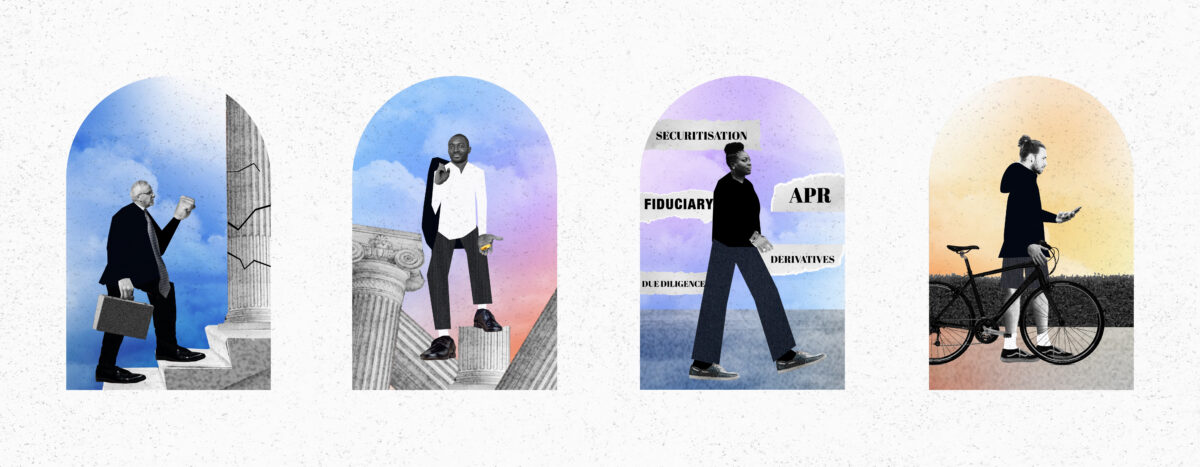|
|
Gone are the days of consumers’ dressing up in their Sunday best and arriving, cap in hand, at an imposing bank to politely request a mortgage. The industry has changed. Volatile economies and heightened costs of living have done further reputational damage to an industry already severely dented by the last major financial crash, and further injured by skyrocketing interest rates.
With neobanks and challengers rapidly entering the market, consumer banking has leapt ahead. Now consumers can access much of what they need directly on their phones, from sending and receiving payments to managing their budgets and even opening and closing accounts. The new banking players have raised customer expectations, proving just how easy, transparent, and even (gasp!) fun banking can be. The evidence is there for everyone to see—look at how Monzo instantly nailed the Threads game with its playful approach to customer comms, for example—and yet many traditional banks have been left behind.
Customers know now that banks don’t need to be big, scary behemoths that confuse good people with complex language and legal jargon. Banking has changed, and how you talk about it needs to change as well. So here are our top tips for creating financial content that doesn’t scare off your audience:
1. Be transparent.
Not everyone has financial training, but everyone has to manage their money. Don’t be afraid to acknowledge the complexity and confusion that’s often rife. And lean in to transparency around fees and charges, interest rates, and so on to rebuild much-needed trust. Speaking of which…
2. Be trustworthy.
Not only do you have to continue to rebuild confidence that customers’ money itself is safe, but now data plays a big part, too. Banks have access to their customers’ most vital personal information, and those customers need to feel secure that their finances and data are safe.
3. Be conversational.
Even in business banking, your customers are real people with real thoughts, feelings, fears and biases—treat them as such. Use words they can understand and simplify complex concepts for maximum clarity. Everyday language and simple product names help build a friendly relationship with your customers.
4. Be useful.
Don’t try to upsell on irrelevant products or services, but embrace the power of data and use your knowledge of your consumers’ financial habits to surface things they actually want: Do they have an account called “house deposit”? Maybe share some tips on building a credit rating, or offer a first home buyer’s mortgage.
In an ever-changing economic landscape, it’s vital that banks are able to serve their customers in safe, sustainable, and reassuring ways. Regain that trusting, loyal relationship that kept previous generations as lifetime customers by treating people like the diverse range of humans they are. Don’t be afraid to be human too!
Need a bit more support to create that best-in-class content? Drop us a message and we’ll help.









